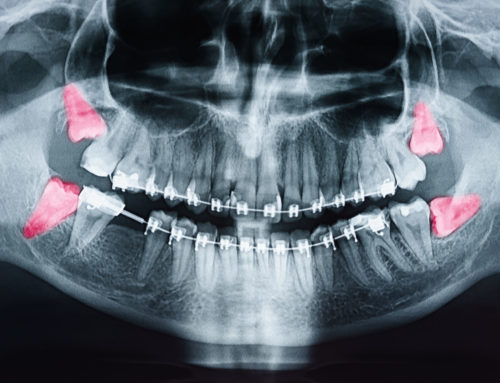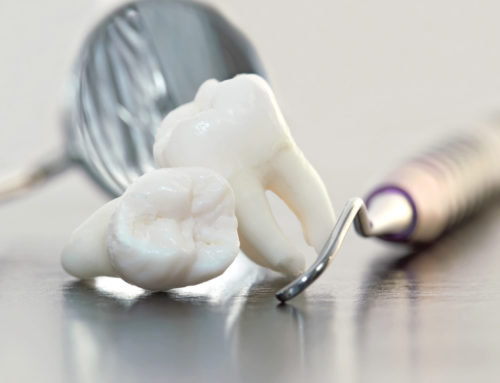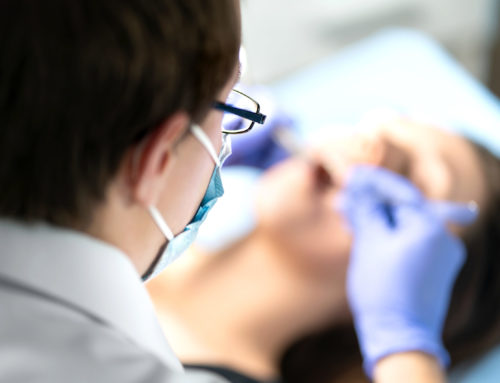 An overjet may also be known as a protrusion of the teeth, and in this situation, the lower teeth will sit too far behind the front teeth of the upper jaw. An overjet can cause problems with proper biting and chewing of food, and if the teeth rub together in an awkward way, they can cause tooth or jaw pain.
An overjet may also be known as a protrusion of the teeth, and in this situation, the lower teeth will sit too far behind the front teeth of the upper jaw. An overjet can cause problems with proper biting and chewing of food, and if the teeth rub together in an awkward way, they can cause tooth or jaw pain.
Additionally, since an overjet is sometimes considered highly unattractive, there are a variety of negative social effects to this problem, as well. By better understanding the causes and possible treatment plans, you and your orthodontist can come up with an effective strategy for dealing with your overjet.
Causes of an Excess Overjet
An excess overjet can result in an anterior open bite, and there are several causes that may result in this condition:
- Skeletal problems. When the lower jaw has deficient growth in relation to the upper jaw, an excess overjet can result. Typically, the relationships between the canines and the first molar will be used to get a better idea about skeletal development. If a skeletal problem is identified as the cause of the problem, oral surgery may be required in order to move the lower jaw forward and into its proper position.
- Issues with tooth inclination. If your teeth are situated at strange angles, especially those in the front of the mouth, you could be left with an overjet. This is arguably the best case scenario when it comes to the causes of an overjet, as usually simple orthodontic treatment can be used to reposition the teeth to the correct angle, eliminating the excessive overjet.
- Problems with arch length. Excess overjet can also be caused when the arch of the upper jaw is longer than the arch of the lower jaw. One example in which this situation could occur would be when the lower jaw has missing teeth, as the end result could be a lower arch that is too short when compared to the upper jaw with its full set of teeth.
Treating an Overjet
Not all overjets will require treatment. When an excess overjet isn’t accompanied by symptoms regarding the teeth, muscles, or TMJ, some patients may choose to just live with the issue. This is especially true with adult patients who have determined that their overjet has been tolerated well. However, if the overjet is causing problems, there are several treatment options that can be considered:
- Orthodontic work. In the event that excess overjet isn’t a result of missing teeth or a skeletal problem, orthodontics can be used to treat the problem. This is especially true if the overjet is a result of poorly aligned or positioned teeth.
- Selective extraction and orthodontics. A common option for correcting an excessive overjet is to remove the maxillary first premolars and then to retract the anterior teeth in order to shorten the maxillary arch. This is especially useful when a patient has a short mandible. However, this treatment method can result in an unattractive smile or facial profile. In some situations, orthodontics can open up the spaces where missing teeth should have been. Today, these missing teeth of the mandible can be replaced with implants in order to improve the structure, function, and appearance of the mouth.
- Oral surgery. If a problem with the development of the mandible is the cause of the overjet, oral surgery can be used to correct the problem. An oral surgeon will move the mandible forward in order to create an improved occlusal relationship. An orthodontist will usually follow up to properly refine the occlusion.
If you are living with an overjet and want to finally get the issue corrected, please contact our office to set up a consultation.





